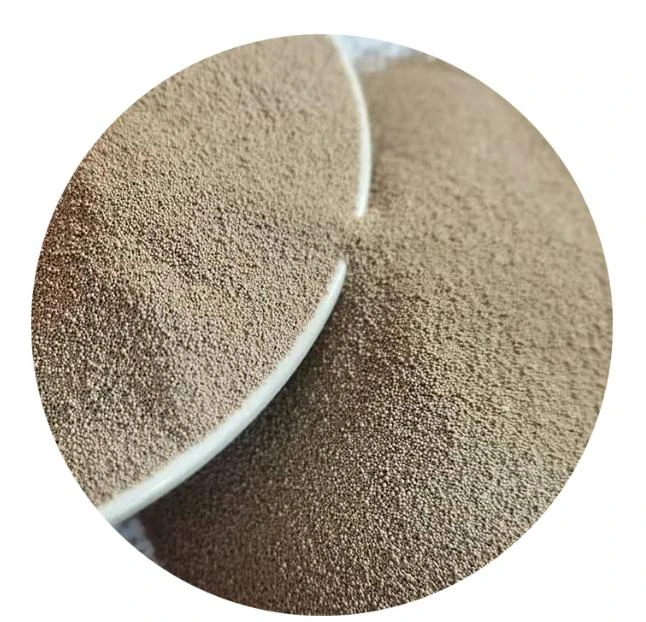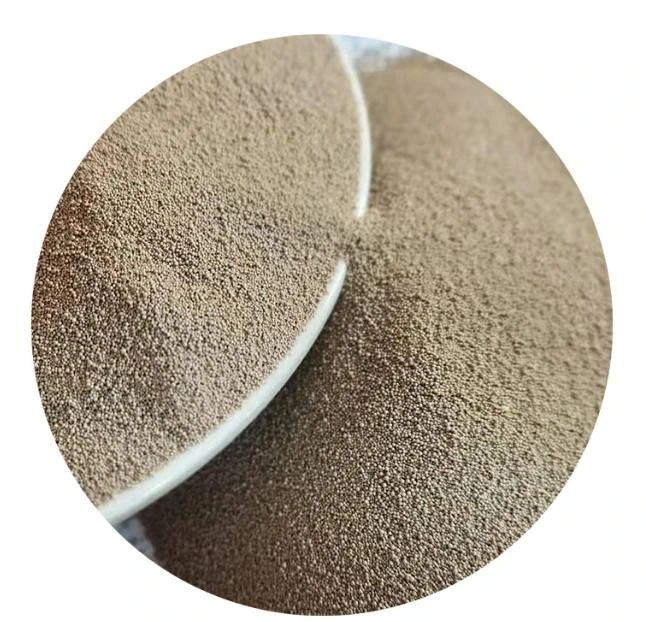

For authoritative insights, consulting specialized educational resources or professional craftsmen’s forums can be particularly beneficial. These platforms often provide detailed case studies and user testimonials on specific sanding techniques and outcomes. Trustworthiness in sanding ceramic comes from adhering strictly to best practices and safety standards, ensuring not only quality outcomes but also personal safety. In commercial or industrial settings, machine sanding of ceramic tiles or larger items may be necessary. Machines such as belt sanders with diamond-infused belts can expedite tasks while maintaining high-quality results. It's important to calibrate the machine correctly, ensuring it operates at the appropriate speed; too fast, and you risk chipping the ceramic, too slow, and you may not achieve the desired smoothness. Once sanding is complete, the finishing touches are equally important. Polishing the sanded ceramic surface with a buffing pad can elevate the piece, bringing out a beautiful sheen. In some cases, applying a sealant may be advisable to protect the ceramic from future wear and tear, especially if it's to be used in environments subject to moisture or high traffic. In conclusion, mastering the art of sanding ceramic involves a blend of choosing appropriate tools, applying the correct techniques, and prioritizing safety. Whether you are a hobbyist or a professional, developing these skills will significantly enhance your craftsmanship and lead to superior ceramic products. By integrating expert advice and personal experience, you'll find that the process of sanding ceramic becomes not just a task, but an artform in its own right. Post time:Јан . 26, 2025 00:58
Next:Sintered ceramic sand made in China same with Cerabeads AFS 60
